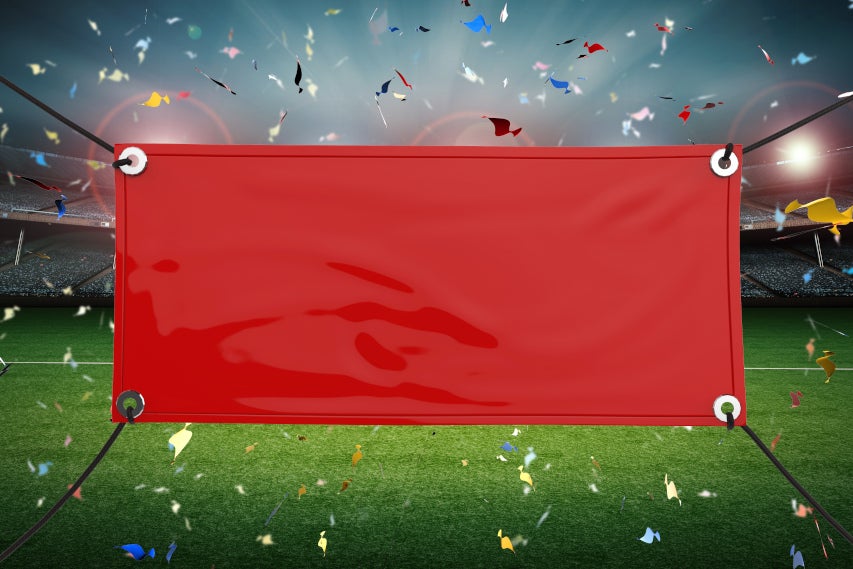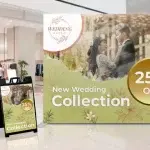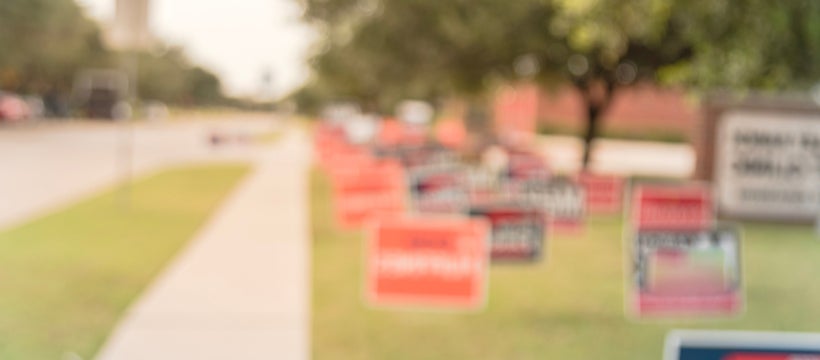
Public health issues have changed the way we live, the way we work, and now, the way we vote. But one thing hasn’t changed. People still feel the need to support the political candidates with whom they connect. And one simple, affordable option makes that possible.
The yard sign.
According to a research study from Electoral Studies, “lawn signs are one of the few campaign tactics deployed by candidates for every level of government in the United States.
“Inexpensive and relatively easy to deploy, lawn signs are a tactic available to even the most obscure and underfunded candidate for a down-ballot office.”
The humble lawn sign can often be the factor in helping level the playing field for candidates without enormous resources, making the political process more equal and accessible for almost anyone who has a desire to serve.
Are Political Yard Signs Useful?
Running a political campaign is a tricky venture, and it can depend on elements that are difficult to justify, especially if funding is tight. Yet in spite of the expense, there are elements that campaign managers find annoying, but that candidates love.
Political yard signs fall into that category.
According to the Electoral Studies research, Green said in a 2015 interview with The Washington Post, “[I]t appears that signs typically have a modest effect on advertising candidates’ vote shares — an effect that is probably greater than zero but unlikely to be large enough to alter the outcome of a contest that would otherwise be decided by more than a few percentage points.”
Research bears out this premise, as a study of over 6,000 general and primary House and Senate elections between 2006-2017 showed that only 2.2% of those were within the range of 1.7% margin of victory. This means the number of races these signs can influence is very, very small. The one caveat to this noted in the story is that yard signs placed in random public places show greater effectiveness than signs in the yards of supporters.
Alex Coppock, one of the co-authors of the Electoral Studies research study, was also quoted as saying that yard signs’ effect is upon candidate selection rather than turnout.
“We were surprised by these findings because the conventional wisdom is that lawn signs don’t do much — they’re supposed to be a waste of money and time.
“The effect is small in terms of percentage points, though the implication is that thousands of voters would have voted for someone else if not for the signs.”
Elements of an Effective Political Yard Sign
John Quincy Adams may have been the first American presidential candidate who used political yard signs back in 1824, but the history of yard signs goes back a lot further.
Historical evidence shows that versions of political yard signs existed in ancient Roman times, mostly in the form of wall carvings on the sides of homes and places of business.
Today we live in a world filled with a multitude of choices for political yard signage, and we are still faced with the same types of challenges as we look for success:
- How do I best help my candidate?
- How do I make my sign stand out from the rest?
- How do I make the most impact in the least amount of time?
Here are a few tips that can help make those decisions a little easier.
Use fewer words
Ideally, the candidate’s name and the office they are seeking is the only required content. Keeping the content to a minimum makes the name and office much easier to read because your audience is literally a moving target as most are driving past your display.
Fonts matter
Bigger is better when typefaces are concerned. Less content gives you more room for bigger and bolder typefaces that are easier to read. Look for clean and easy-to-read typefaces. Also, sans serif faces can give you bolder and cleaner display options.
Size matters
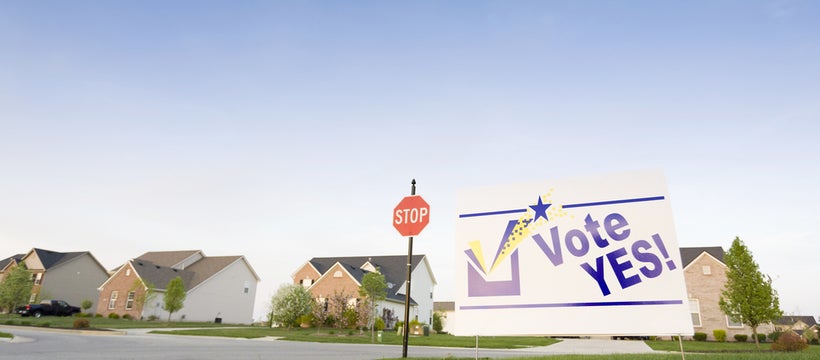
In this case, size really does matter. Bigger is better. Not only do bigger signs give you more room for your message, but they also tend to stand out from other more traditionally-sized political signs.
Choose the display elements carefully
Just as brevity counts for content, a clean layout can also be important. A simple and clean border can help make a yard sign’s words more prominent, and keeping things uncomplicated can save money at printing time. Also, take the time to consider brand logos, slogans, and contact info. Unless these elements can be incorporated cleanly into a design that doesn’t sacrifice readability, consider leaving them out.
What’s in a name?
In keeping with the less is more mindset unless there is a competing candidate with the same first name, or if that candidate has a very common surname, staying on a last-name basis can give you more space for a bolder and more readable message.
Choose your colors with care
Bold primary colors are usually a wise choice for a political yard sign. We tend to see a lot of red, white, and blue choices since those American flag colors are so closely associated with political campaigns, but you can also run the risk of blending in too much with other signs and getting lost in the mix. Don’t be afraid to mix things up with other choices such as yellow, orange, or green.
Lawn sign construction
There are material choices that can fit almost any budget. Corrugated plastic is durable and holds up well in bad weather, plastic bag signs are lightweight and can be used with leftover wireframes from old signs, and poly-coated cardboard can be an economically-friendly choice, and having the option of using wooden stakes for display rather than wireframes can be an additional cost-saving move.
Check the rules and regulations

You’ve picked your political yard sign particulars: material, size, fonts, colors, and messaging. But don’t forget about local political sign regulations:
- Local municipalities and states may have sign size limits
- Some cities may have ordinances that dictate where and how political yard signs can be displayed
- Some states may require specific wording on political signs, including:
o Who authorized the sign?
o Who paid for the sign?
In Conclusion
No one argues the importance of voting in America. It’s a right guaranteed by our constitution. Some see it as a civic duty we owe to our country, our community, and our friends and neighbors. It is a choice that we can put to good use or allow to fall to the wayside.
A critical part of that choice lies in who we decide to support with help in campaigning and, ultimately, our votes. The freedom to show our support through public displays such as political yard signs allows us to give a little more of an investment of the outcomes on Election Day.




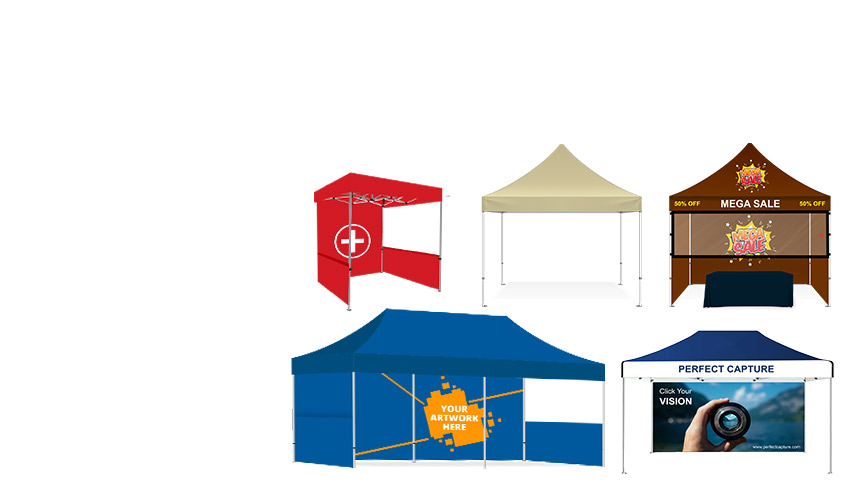
























 Posted in
Posted in  Tags:
Tags: 